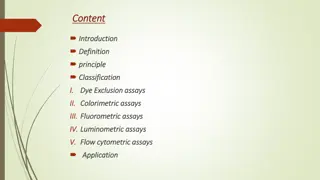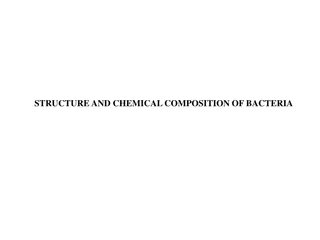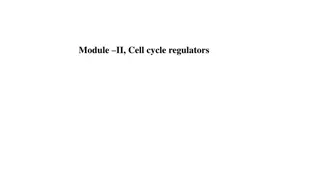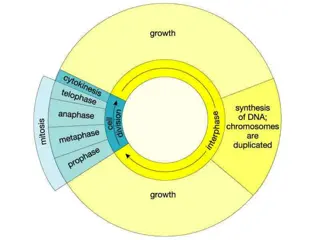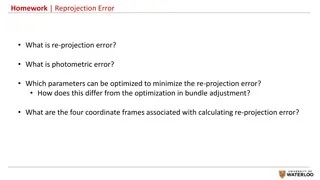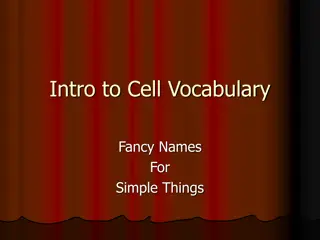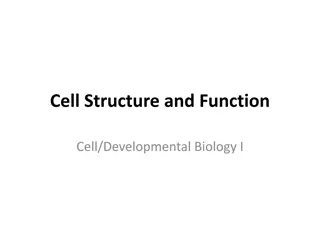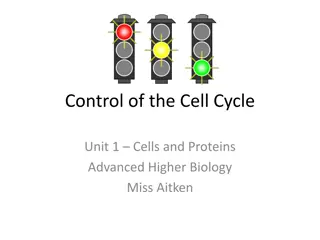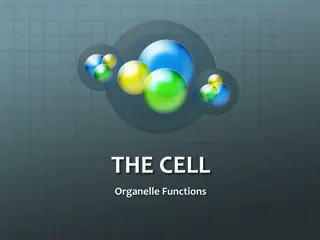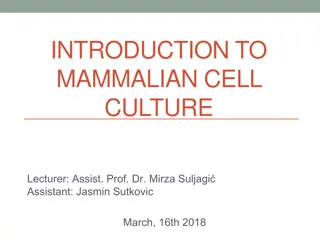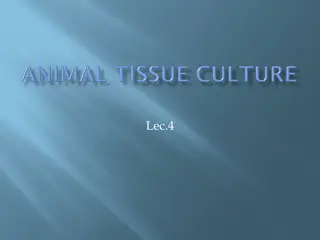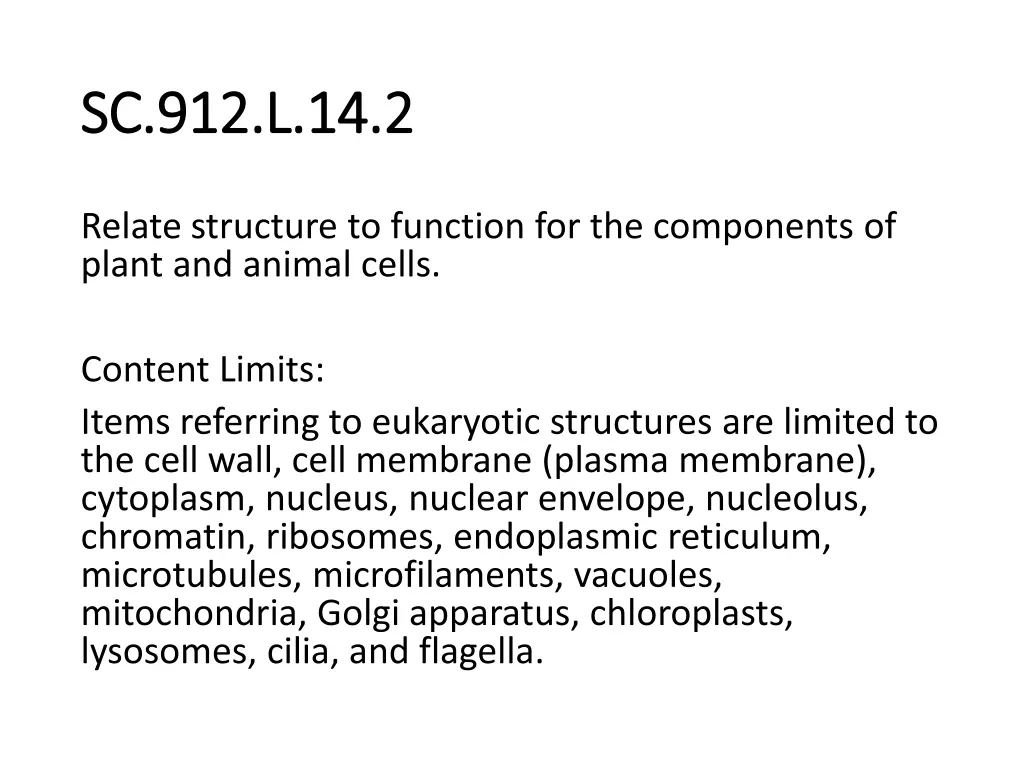
Understanding Eukaryotic Cell Structure Components
Explore the structure and function of components in plant and animal cells such as the nucleus, mitochondria, vacuole, ribosomes, chloroplasts, lysosomes, and more. Analogy examples for teaching young children about cell structures are provided.
Download Presentation

Please find below an Image/Link to download the presentation.
The content on the website is provided AS IS for your information and personal use only. It may not be sold, licensed, or shared on other websites without obtaining consent from the author. If you encounter any issues during the download, it is possible that the publisher has removed the file from their server.
You are allowed to download the files provided on this website for personal or commercial use, subject to the condition that they are used lawfully. All files are the property of their respective owners.
The content on the website is provided AS IS for your information and personal use only. It may not be sold, licensed, or shared on other websites without obtaining consent from the author.
E N D
Presentation Transcript
SC.912.L.14.2 SC.912.L.14.2 Relate structure to function for the components of plant and animal cells. Content Limits: Items referring to eukaryotic structures are limited to the cell wall, cell membrane (plasma membrane), cytoplasm, nucleus, nuclear envelope, nucleolus, chromatin, ribosomes, endoplasmic reticulum, microtubules, microfilaments, vacuoles, mitochondria, Golgi apparatus, chloroplasts, lysosomes, cilia, and flagella.
Key Topic The FRAME Routine Eukaryotic Cell Structure is about Main idea Nucleus Main idea Main idea Main idea Mitochondria Vacuole Ribosomes Double Membrane with folded inner membrane Structure Surrounded by nuclear envelope 2 subunits: protein and rRNA Fluid-filled Sac Function Plant Plant Plant Plant Type of Cell Animal Animal Animal Animal Main idea Main idea Main idea Main idea Chloroplasts Cell Wall Lysosomes Cell Membrane Double Membrane, contains chlorophyll Cellulose Fluid-filled Sac Phospholipid Bilayer Structure Function Plant Plant Plant Plant Animal Type of Cell Animal Animal Animal So What? (What s important to understand about this?) 2
Extend Understanding For each structure on your Frame, write an analogy that could be used to teach a 5 year old about the function of each structure.
Key Topic The FRAME Routine Eukaryotic Cell Structure is about the interior environment of the cell. Main idea Nucleus Main idea Vacuole Main idea Mitochondria Main idea Ribosomes Structure Fluid-filled Sac Double Membrane with folded inner membrane Cellular respiration (ENERGY) 2 subunits: protein and rRNAx Protein synthesis Surrounded by nuclear envelope Function Stores water Controls Cell/contains DNA Plant Animal Plant Animal Plant Animal Plant Animal x x x x Check x x x x Main idea Chloroplasts Main idea Lysosomes Main idea Main idea Cell Wall Cell Membrane Phospholipid Bilayer Fluid-filled Sac Cellulose Double Membrane, contains chlorophyll Structure Protects/Shape Protects and regulates cell Break-down waste/recycle Photosynthesis (ENERGY) Function Plant Animal Plant Animal Plant Animal Plant Animal x x x x Check x x So What? (What s important to understand about this?) 4


